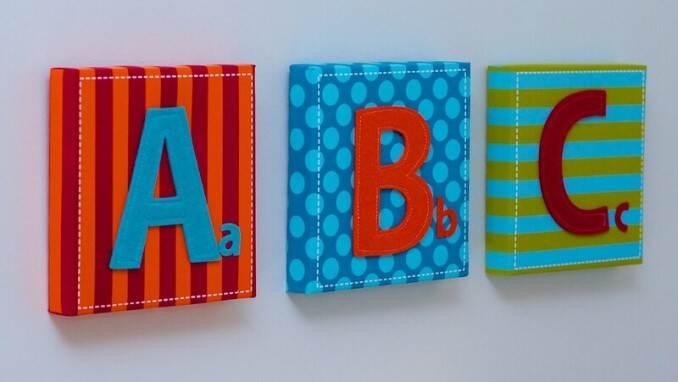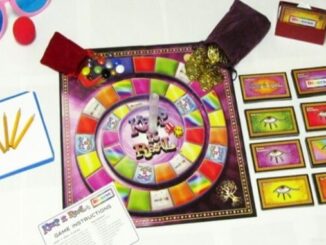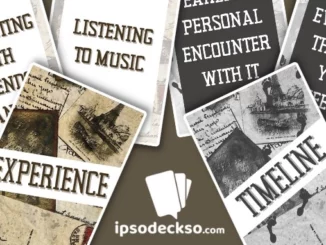
Most Behavioural skills, leadership competencies, organisational values, and so on, are pure common sense. And even if a concept is new, understanding them doesn’t require higher intelligence. So, any learning initiative that is aimed at merely imparting knowledge or enhancing one’s understanding of these concepts is not going to require a significant change, from where they were before.
While to a large extent, knowing is equal to doing, in the functional skills domain, the same does not hold true for behavioural skills, because of the layers added in the form of one’s personality, environment, mindset and so on. All these layers impact our demonstrated behaviour which might not always align with what we know to be the right thing to do.
Therefore, the best learning experience would be the one that gets the learners to see the difference between what they know and what they do.
This is where the power of game based learning truly comes alive, where you get participants to play a game which requires them to demonstrate a specific behaviour to achieve or improve on the game’s objective.
Here there is a direct correlation between the behaviour they demonstrate (or don’t) and the quality of result of the game, thereby exploring the Knowing-Doing gap.
And when the game is a group activity, the the experience is even more rich as it mimics the true nature of behaviour skills, which are never really demonstrated in isolation as the people around have as much influence on one’s behavior as one’s own attitudes and mindset.
As an added benefit, the interactive and participative nature of the experience (virtual, in-person or digital) is a refreshing change from a typical content-based programme – be it instructor-led or digital.
The problem for learning professionals

Many people involved in designing learning interventions, who are new to game-based learning, often struggle to construct such a programme, including choosing the game experience, deriving the learning outcomes, and answering the ‘what’s in it for me’ (WIIFM) for the learner.
To get such learning professionals started on this journey I’ve put together a simple framework which is universally applicable to any game-based learning intervention that one might be designing.
Over the last 17+ years I have successfully used this model to design every learning experience from programmes for new joiners to leadership teams.
I call it the A.B.C.D of game-based learning. In this article I’ve chosen to keep this part brief as each of these steps, in detail, could fill an article by themselves, which I hope to publish soon for those interested in delving deeper into the model. So here goes..
THE A.B.C.D framework
Every session should start by giving an introduction to the competencies it covers. This is obvious, of course, but the idea is to go beyond programme coverage and establish context – the WIIFM for the learner. This is better done using appreciative enquiry where you help the learners land the WIIFM for themselves. This helps create buy-in and a reason the learner to stay engaged.
This is done very well using online live polls (god bless mentimeter!) that enable open sharing owing to their anonymity; not everyone may be keen or open for sharing right at the beginning of the programme. This also helps to establish also that your programme is not just about the game, but that the game itself is only a means to an end; the end being immersion.
ACTIVITY
The ACTIVITY or Game sits at the centre of every module. Each activity should be carefully selected in a manner that success or failure in the activity is directly a result of demonstrating (or not) the behaviours associated with that competency. The game environment helps create a non-judgemental, non-threatening and a fun-filled learning atmosphere. Pick activities where your confidence is high in their ability to deliver the desired responses which will in turn will help you land the learning conversation.
BEHAVIOUR
Instinctive responses and real emotions lead the individual and group to make choices and decisions. And these decisions lead them to positive or mixed results. Exploring this ‘Cause and Effect’ forms the basis of all learning where the experience acts as a mirror for the participant, of the gap between knowledge and demonstrated ability. Your job is to provide the right questions that will drive the right reflections so that you may guide the participants into having their own A-ha moments. Patient and mindful exploration is the key, not calling out behaviours or making pointed remarks.
CONTEXTUALIZATION

The next step is to move the participants from generalised learning outcomes to those which are relevant to their own specific job roles and functions. Behavioural competencies are not black and white and may challenge each learner differently.
Each module should contain simple tools or frameworks that will address this critical WIIFM to make the learning personalised and practical. A simple approach will be to map elements of learners’ job roles and aspects or elements of the competency or learning topic. The key is to make it so simple that it is self-explanatory.
DEMONSTRATION
Change, especially in the behavioural context is about creating a new habit or changing an old one. It is therefore important to move the learners from deep learning and realisation to articulating actions, which, when practiced consistently, may become new habits. Learning to Action tools have to be an integral part of every module to complete the learning cycle as the participants leave with concrete actions to be shared and committed to their line managers and stakeholders.
I hope this has interested you enough for me to later put in the effort to provide a guide, templates and sample on how each of the ABCD steps is operationalised.
Keep watching this space.
- GAME BASED LEARNING – As Easy as ABC (and D) - 13th January 2022




